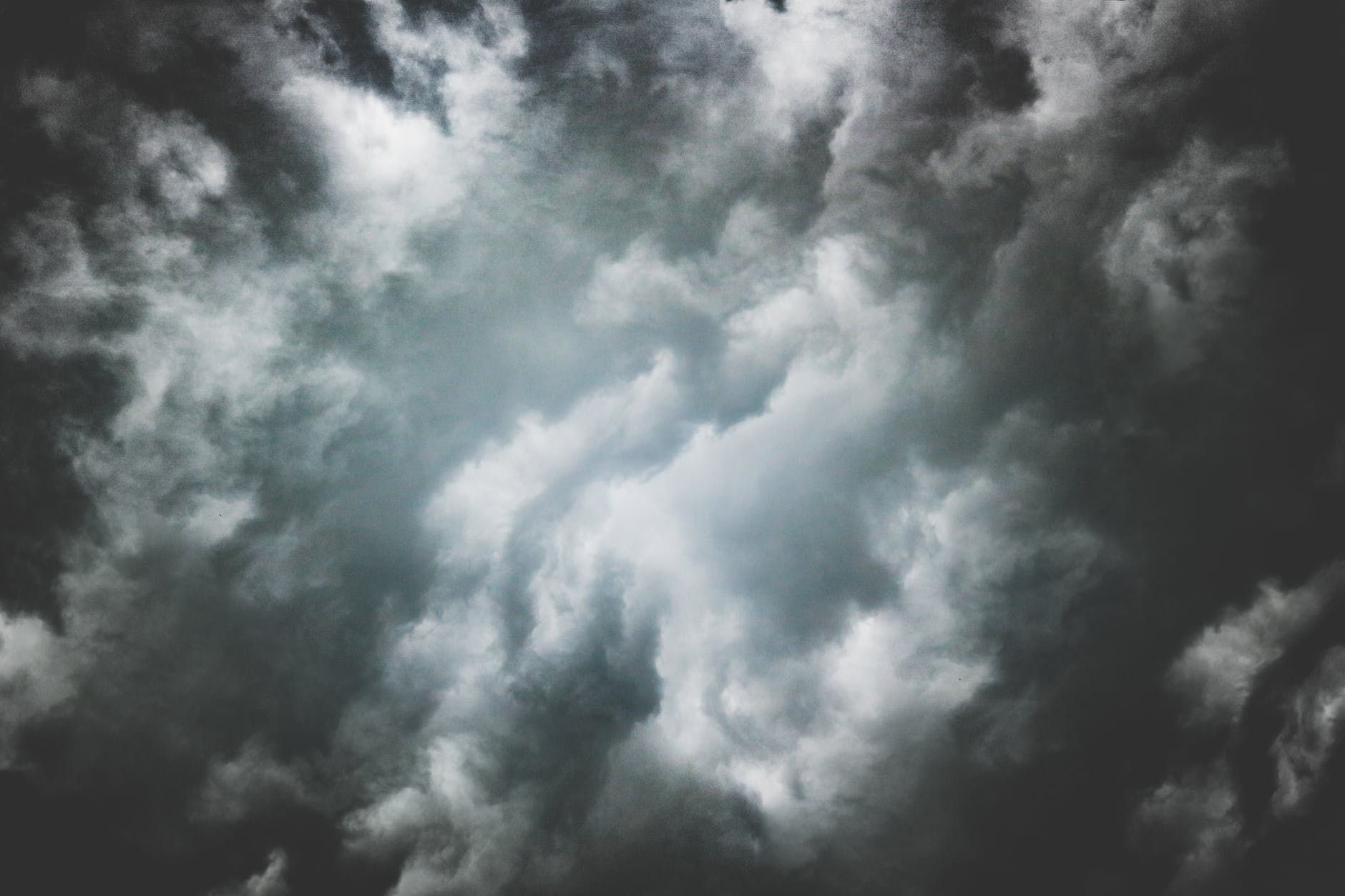India’s seasonal monsoon has been massively impacted by climate change. Already, climatologists have noted 20% lower rainfall in the south-western monsoon. According to climate advocates Down To Earth, this is largely down to a 1.2-degree warming in the Indian ocean. While this year’s monsoon is predicted as normal, trends show a continual drying pattern. For home and business owners across India, these changes in expected weather create new circumstances through which the home must adapt and mitigate the risk posed to the property.
Surviving with less water
The most direct impact of a lessened monsoon is less rainwater and, therefore, less water moving through homes and businesses. While this may be advantageous for some, with flooding mitigated, it can also create economic impacts derived from relative water scarcity. As the India Times outline, agriculture imports have risen 5% already due to water shortages. This trend can be expected to hit businesses and homes at all levels. Small changes can be implemented early to help to mitigate this risk. Water collection and recycling should be a standard affair; cleaning out gutters to ensure the free flow of water (as well as maintaining environmental cleanliness) into water butts is a cheap and easy start. Those with the capital can look into water retention services, like water meters and in-house valve systems.
The tourism impact
It might seem counter-intuitive for people to actively seek out rainy countries, but the Indian monsoon has been credited for driving tourism growth. Take Goa. According to The National, UAE, Goan authorities have pushed resources into encouraging Indian tourists to visit the state during monsoon to experience the lush scenery it has to offer. With the level of tourism reduced by a dry monsoon, businesses and homes in the area should plan ahead. Just as shoulder and off-season have been anticipated by Indian businesses, an overreliance on Indian tourism through the rainy season should be treated as extra value, rather than as a sustainable source of income.
Human lives
The bottom line behind lowered monsoon is drought, and with that comes an impact on human lives and agriculture. This is not a threat, but a reality; according to India Today, Maharastra has already declared drought across 151 talukas. Business should treat this as a risk and, also, as an opportunity for philanthropy. Take a measured approach to water conservation and match it with food, too. Homeowners, in particular, should look to conserve food; this is a good idea in line with the greater theme of conservation. Businesses, too, especially in the food sector, should take similar measures. However, where both home and business owners can help is through philanthropy; this has been shown to provide a positive mental benefit to anyone, and can help businesses by enhancing their reputation and sales which can be turned into benefits for the property.
The monsoon brings chaotic weather, but warming of the Indian ocean is tempering its total sum of rainfall. This will have far ranging effects on the Indian economy and everyone should be prepared. Taking steps today to become more sustainable will help to mitigate the monsoon’s effects and create a more secure future.

Leave a Reply